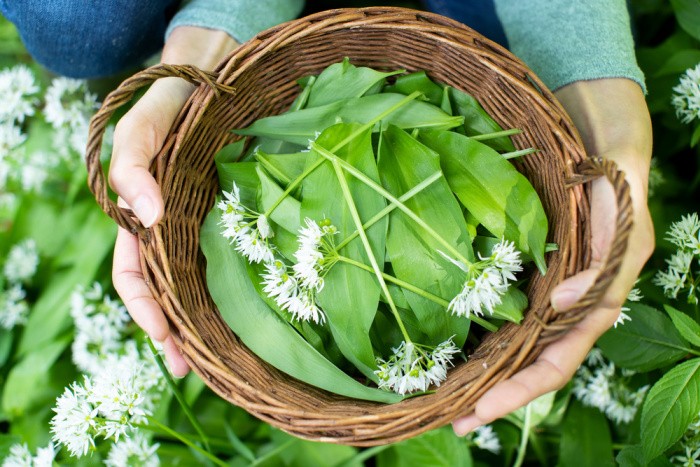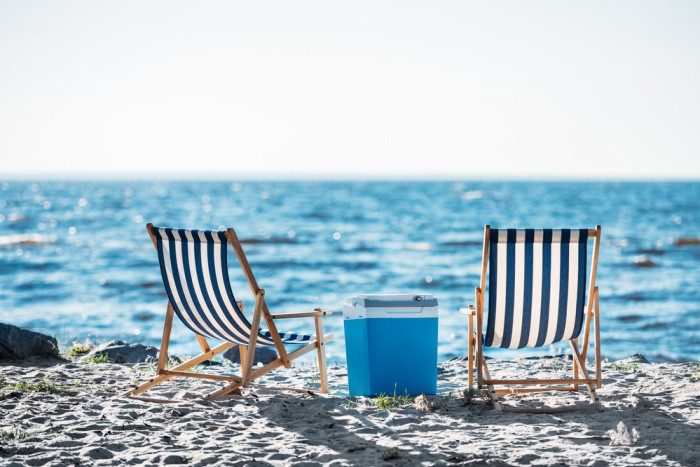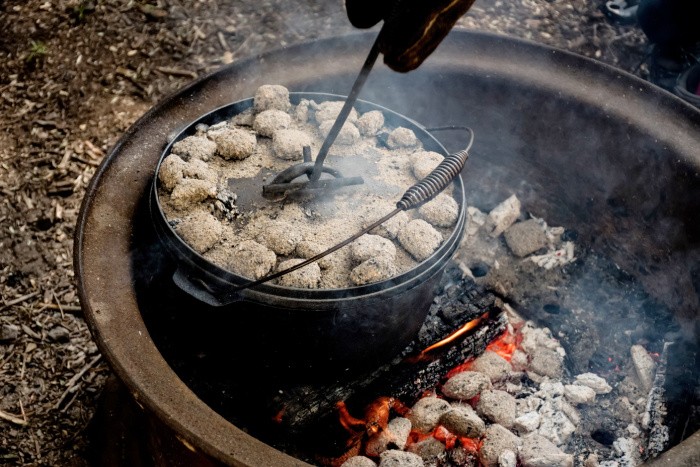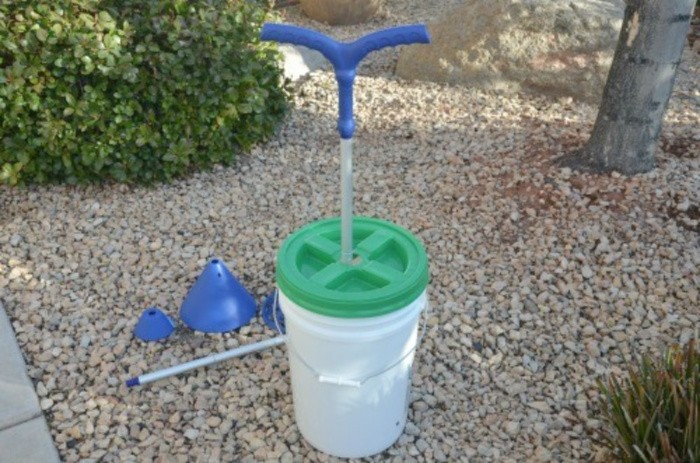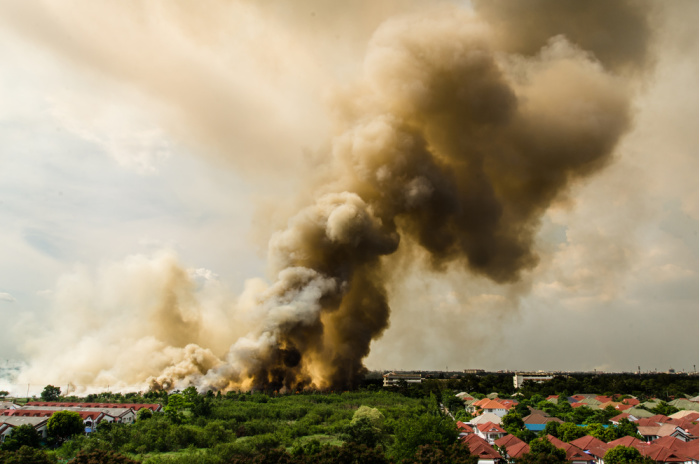How to Utilize Wildlife in Emergencies
Every resource counts when you’re caught in an emergency in the wild. From shelter to sustenance, nature provides an array of options for survival. One often overlooked but crucial aspect is utilizing wildlife. Here’s how you can make the most of the natural world around you when the unexpected strikes. I’m glad I’ve never been in a life-or-death situation in the wild, but I know enough tips to help us learn how to utilize wildlife in emergencies.
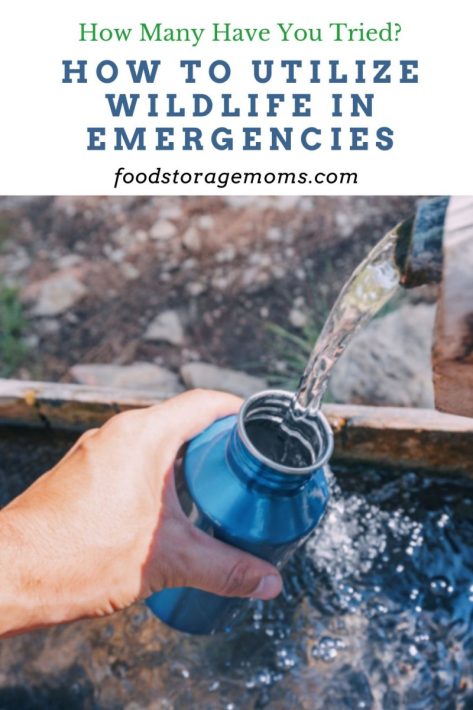
1. Finding Safe Drinking Water
Water is life, but in the wild, finding safe drinking water can be a challenge. Instead of risking contaminated sources, look to wildlife for guidance. Birds, for instance, often fly towards water sources at dawn and dusk. Following their flight patterns can lead you to potable water. Certain animals, or insects like bees and ants, are drawn to moisture-rich areas. Observing their movements might lead you to hidden water pockets or dew-drenched vegetation. Please filter any water in the wild; it may be contaminated. Water Filter
- How to Preserve Water During a Drought
- Purified Water vs. Spring Water: The Differences
- 50-Year Shelf Life Canned Water-Blue Can Pure Water
- Is Tap Water Safe to Drink?
2. Foraging for Food
When food supplies run low, turning to wildlife for sustenance becomes necessary. However, it’s crucial to forage responsibly and ethically. Edible plants, fruits, and nuts are abundant in many wilderness areas. Animals can also serve as a food source, but hunting requires skill and knowledge of local regulations. Small game such as rabbits and squirrels, along with birds like quail, doves, ducks, and pheasants can make meals in the wild. If you’re near creeks, rivers, and lakes, fish can be caught with simple traps or makeshift fishing gear.
- Can I Eat Chickweed: Edible Weeds
- Can I Eat Plantain? Edible Weeds
- Can I Eat Purslane? Edible Weeds
- Can I Eat Red Clover? Edible Weeds
- Can I Eat Lamb’s Quarters? Edible Weeds
- Can I Eat Dandelions? Other Edible Weeds
3. Building Shelter with Natural Materials
In emergencies, shelter is paramount for protection against the elements. Wildlife can offer valuable resources for constructing sturdy shelters. Fallen branches, leaves, and vines can be woven to create makeshift roofs or walls. Animal burrows or natural rock formations provide ready-made shelters that require minimal modification. Take the time to observe wildlife habitats to gain insights into effective shelter-building techniques.
- How to Use a Tarp for Shelter
- How to Build an Underground Shelter in the Woods
- 7 Ways to Build a Survival Shelter
4. Navigating with Nature’s Compass
Lost in the wilderness? Nature can be your compass. Many animals, such as deer and elk, are intuitive about migrating along consistent routes. Following their trails can lead you to civilization or water sources. Observing the behavior of birds can help determine direction. Birds often migrate in specific patterns based on the seasons, which can provide clues about north, south, east, and west. I have spent many years bird watching, so this is an excellent way to survive off wildlife. How To Get Started With Food Storage
5. Harnessing Natural Remedies
Injuries and illnesses are common in emergencies, but nature offers a pharmacy of potential remedies. Certain plants possess medicinal properties that can alleviate pain, reduce inflammation, or treat infections. For example, aloe vera soothes burns, while willow bark contains natural aspirin. Wildlife can also provide unexpected sources of treatment; maggots, for instance, have been used to clean wounds and prevent infection for centuries.
- 15 Ways to Use a Cactus for Emergency Prepping
- Types of Medicines You Need for a First Aid Kit
- What’s In Your First Aid Kit?
6. Signaling for Rescue
When all else fails, signaling for rescue can be a lifesaver. Wildlife can inadvertently aid in this process. Birds can attract attention from afar with their distinctive calls and bright plumage. Similarly, strategically placed fires can create visible smoke signals to passing aircraft. Utilizing materials like mirrors or shiny objects can enhance visibility and increase the chances of being spotted by search teams.
- Navigating Life-Changing Emergencies: A Guide to Facing an Emergency
- How to Use a Sheet of Plastic in Emergencies
- Why People Wait Until the Last Minute to Prep for Emergencies
How can I identify edible plants and fruits in the wild?
Identifying edible plants requires knowledge and caution. Familiarize yourself with local flora before entering the wild and needing to forage. Look for characteristics such as distinctive leaves, berries, or fruits. If unsure, cross-reference with a reliable guidebook or consult with an expert.
There are even apps you can download to help you discover what plants and fruits you can find in the wild. I like to go out now and again to see what’s in my backyard for survival. I’m always surprised by what I find.
How can I minimize my impact on wildlife while utilizing natural resources in emergencies?
Minimizing your impact on wildlife is crucial for preserving what you can! Avoid over-harvesting plants or hunting excessively. Leave no trace by properly disposing of waste and avoiding habitat destruction. Respect wildlife’s space and avoid confrontation whenever possible.
Final Word
In times of crisis, learning to utilize wildlife in emergencies is essential. From finding water to signaling for rescue, nature offers many solutions for those willing to embrace its lessons. So, the next time you find yourself in the wild, remember to look at the birds, animals, and plants around you; you never know what they may offer you help-wise! May God Bless this World, Linda
Copyright Images: Foraging Wild Garlic In A Basket Depositphotos_383432304_S By Daisy-daisy, Spring Water Can Be Contaminated AdobeStock_637517706 By EdNurg

